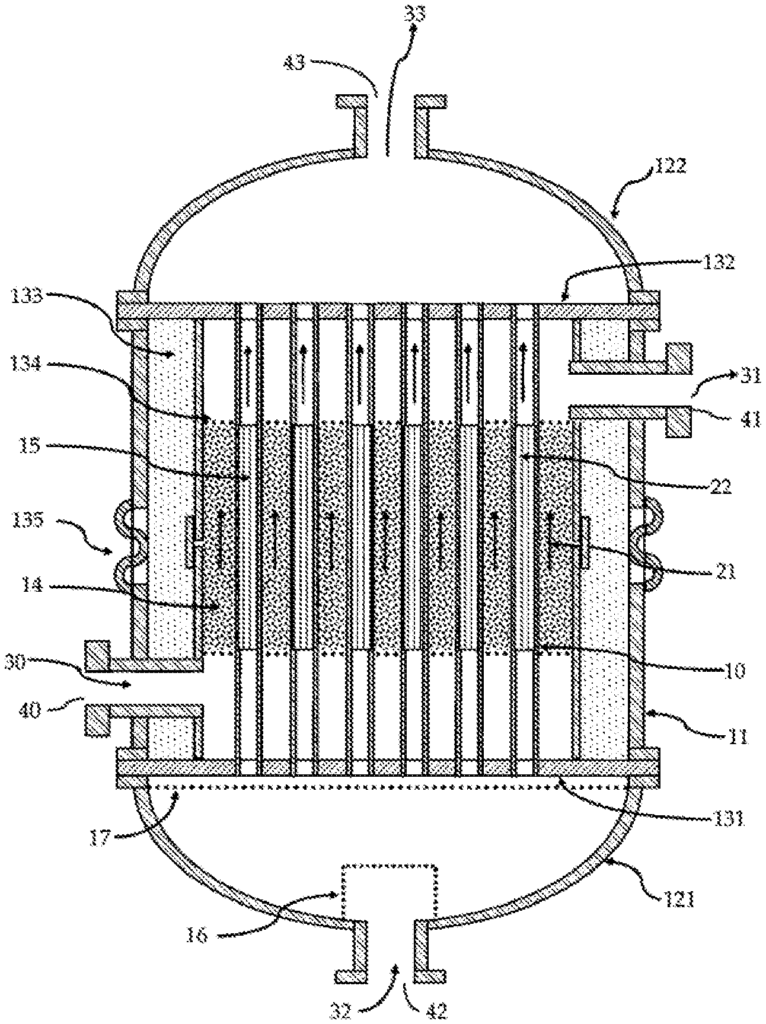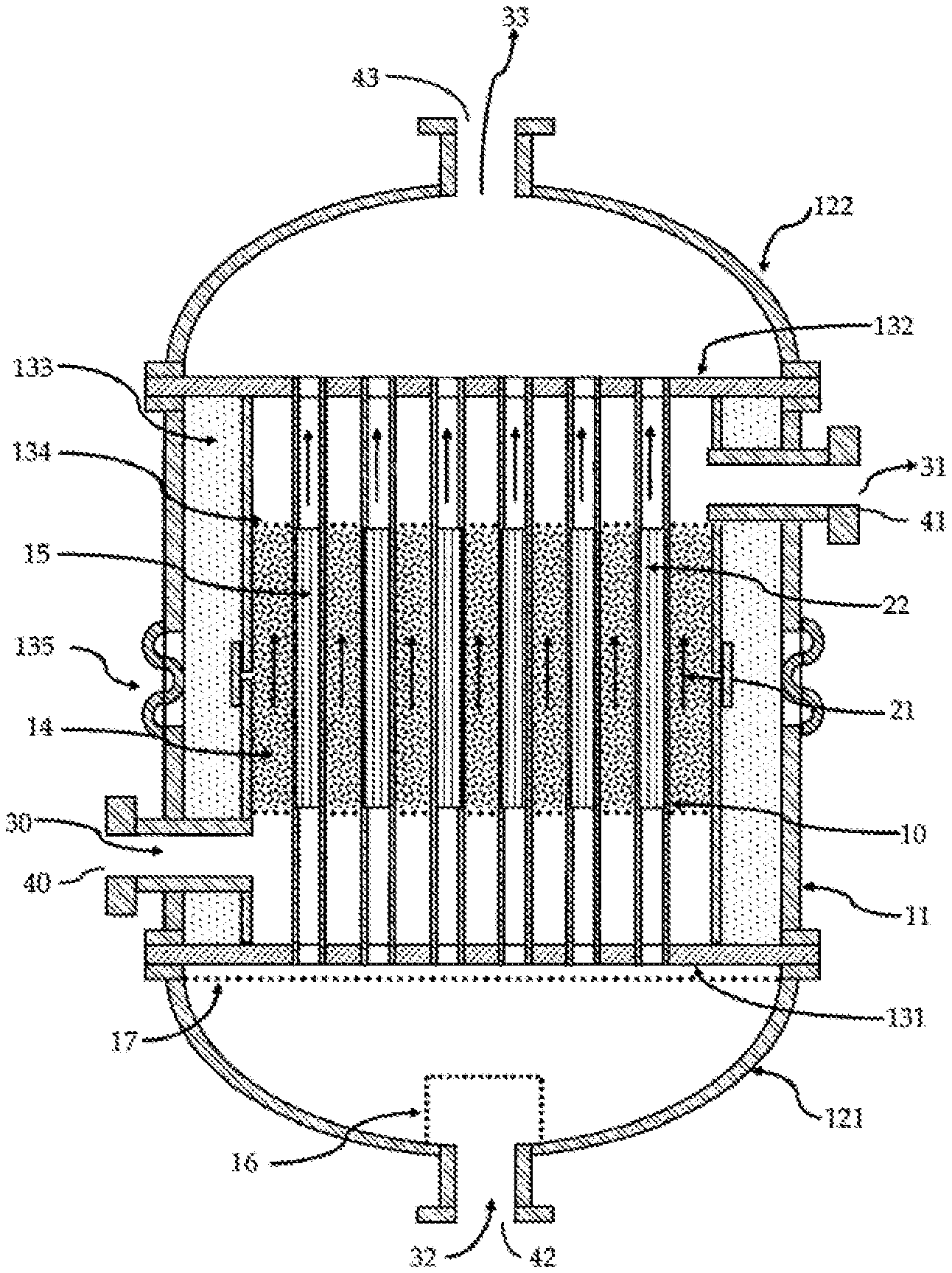Invented by Scenna; Richard, Gupta; Ashwani, The Government of the United States, as represented by the Secretary of the Army
Fuel Reformation: A New Era of Efficient Hydrocarbon Processing
In a world increasingly thirsty for energy solutions that are both innovative and efficient, a breakthrough in the field of fuel reformation could mark a pivotal moment. It’s a process that has untapped potential in transforming the landscape of energy production, especially when it comes to the elusive task of efficiently reforming middle distillate fuels like JP8, used predominantly in defense applications. This is where a notable patent comes into play, shedding light on a method and system for controlling a fuel reformation reaction in a fuel reformation reactor.
At its core, fuel reformation is about breaking down hydrocarbon materials into syngas, a rich concoction of hydrogen and carbon monoxide. The classic challenge has been achieving this with a high degree of efficiency, especially when sulfur content in fuels and the risk of soot and coke formation come into play, hindering catalytic agents. The patented method introduces a paradigm shift by proposing a non-catalytic partial oxidation under distributed reaction regime conditions, aiming to streamline the process and mitigate common bottlenecks.

The patented system includes an ingeniously conceived control unit for meticulously managing the injection of fuel, steam, and oxygen, alongside controlling the reactor’s temperature and the mixture rates of reactants. This scientific orchestration allows for a fine-tuned manipulation of the chemical reactions within the reactor, maximizing the efficiency of the fuel reformation process. Especially worth mentioning is how the system endeavors to control reactants’ residence time, underscoring a thoughtful consideration of how even small parameter tweaks can significantly influence the reformation’s end result.
Fuel reformation has had its efficiency traditionally pegged in the 75-90% range under catalytic processes. The sulfur content in fuels like JP8, however, presents a formidable challenge, necessitating a workaround when these catalysts are inevitably rendered inert. The patent, through its detailed methodology and apparatus, offers a promising alternative. By moving away from a reliance on catalysts and delving into non-catalytic reforming under controlled conditions, there’s an ambitious yet highly plausible pathway toward enhancing the reforming of hydrocarbon fuels, especially for mobile power applications where efficiency and adaptability are paramount.
What sets this patent apart is not merely its methodological innovation but its potential ramifications. Offering a controlled, non-catalytic avenue for fuel reformation opens up possibilities for more resilient, adaptable, and efficient energy systems, especially in defense sectors where logistical constraints underscore the need for high-efficiency, low-footprint solutions. Moreover, its consideration for steam to carbon and oxygen to carbon ratios spotlights a deep understanding of the intricate dance of chemical reactions, guiding the process toward optimal outcomes.
In essence, this patent is more than just an addition to the existing body of fuel reformation techniques. It represents a significant leap forward, potentially heralding a new era where energy efficiency, adaptability, and process efficacy are no longer mutually exclusive goals. For industries and defense sectors dependent on the efficient reformation of hydrocarbons, this could be the dawn of a new, more sustainable era in energy production, striking a balance between operational exigencies and environmental considerations. As the world pivots towards cleaner energy solutions and more efficient processing techniques, such patents not only illuminate the path forward but actively pave the way for a future where energy is both abundantly available and sustainably produced.

Leave a Reply